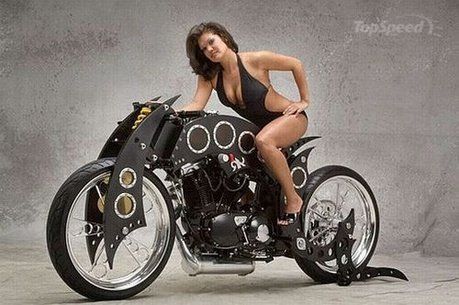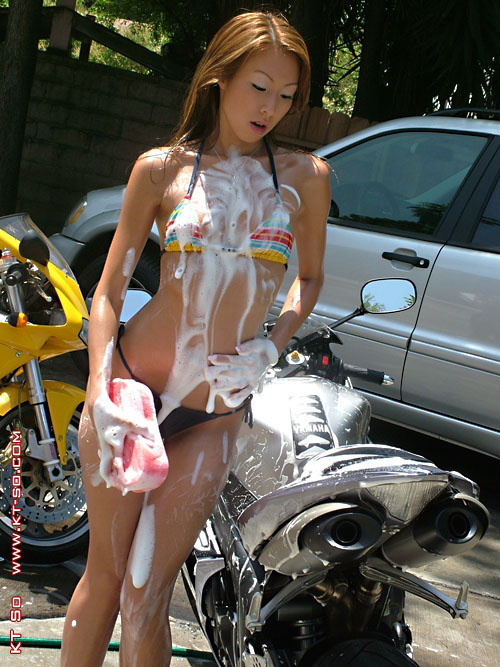 excuse for this one; I was sacked from my job only a few weeks prior, I was looking for something to keep myself busy. While trolling the internet, I found a pre-war BSA advertised on the website of Andy Tiernan Motorcycles, which looked exactly as I prefer; highly original, idle for many years, with loads of patina.
excuse for this one; I was sacked from my job only a few weeks prior, I was looking for something to keep myself busy. While trolling the internet, I found a pre-war BSA advertised on the website of Andy Tiernan Motorcycles, which looked exactly as I prefer; highly original, idle for many years, with loads of patina.When Andy told me he could deliver the BSA to Holland, a deal was struck, and I became the owner of a 1936 BSA Blue Star.
[The Blue Star was the sports model of the BSA range, with 28hp @ 5200rpm, a maximum speed of ~85mph, and weighing 358lbs. In 'The Giants of Small Heath' (B Ryerson, 1980; Haynes), Barry Reyerson calls it "the largest of the Blue Star range [also available in 250/350cc], this model was described as a compromise between a really sporting machine and one capable of everyday work and touring." The 'really sporting machine' would emerge two years later as the M24 Gold Star. - pd'o]

As the BSA hadn't run for an estimated 40 years, it was covered in muck; so much that the steam-cleaner at the local car wash could not remove it. I decided to postpone THAT job and see if it would still run. The petrol tap was corroded solid, so it was dismantled, and new seals fitted. As for the carburetor, a few hours of soaking in WD40 were required to free the slide from the carb body. The contact breaker points were cleaned reassembled and the ignition timing adjusted. Thereafter it took just a few kicks to get the engine running - no excessive mechanical clatter, just the regular 'chuff-chuff' for which BSAs are famous. I mounted the bike, toed it into first gear, and away we went! Cables, gears, and brakes needed some repair and adjustment, but nothing a few days of entertainment in the workshop couldn't cure. Even the lights still worked.

It took gallons of petrol to soak and clean off the deposits from many years of storage and hard use. On the positive side, what surfaced from beneath was a rusted and worn, but very original and useable motorcycle. One of the exhausts had been binned, but the rest of the machine was all there. Most notable, the original levers, those peculiar toolboxes, and all the other detail fittings were present an unmolested. The rust wasn't too bad' the only exception was the spokes in the front wheel. Patina or not, I decided to have it respoked for fear of the wheel collapsing from the extensive rot on the spokes.
Two weeks later, I started a much cleaner and properly adjusted BSA, and took it for a spin. What a disappointment it was! Everything worked, but the BSA was HEAVY compared to the Nortons that I'm used to. It does everything you'd want it to do, but you can't be in a hurry, which gave me second thoughts. The deathblow came a week later, when I got the opportunity to buy the flat tank Norton that I had been seeking for ages; no room for another bike in the shed, so the Blue Star had to go.

The BSA was advertised in 'Marktplaats' and I was in for a treat. I have sold bikes before but this one was in a somewhat lower price bracket, which seemed to attract people looking for a real bargain. I had advertised it for a reasonable sum (for which it was eventually sold), but there must have been half a dozen people who dropped by to have a look, then offered only half my asking price 'because it was rusty'. Surprisingly, most of these people were not receptive to my arguments that a respray (and god forbid this ever happens to such an original piece) is much less expensive than finding all the original parts (so often missing), which were present on this bike.
All in all I enjoyed the little time I spent with the BSA. While investigating its history, I
 contacted Moore's Motorcycles in Hemel Helpstead (see the badge on the front mudguard), which still exists and is run by Colin Moore, the son of the company's founder. Colin suggested the BSA had been sold through their shop second-hand in the forties of fifties, as the badge dates from their post-war era. Unfortunately, his stock in Velocette, Norton, and AJS motorcycles is exhausted!
contacted Moore's Motorcycles in Hemel Helpstead (see the badge on the front mudguard), which still exists and is run by Colin Moore, the son of the company's founder. Colin suggested the BSA had been sold through their shop second-hand in the forties of fifties, as the badge dates from their post-war era. Unfortunately, his stock in Velocette, Norton, and AJS motorcycles is exhausted!








No comments:
Post a Comment